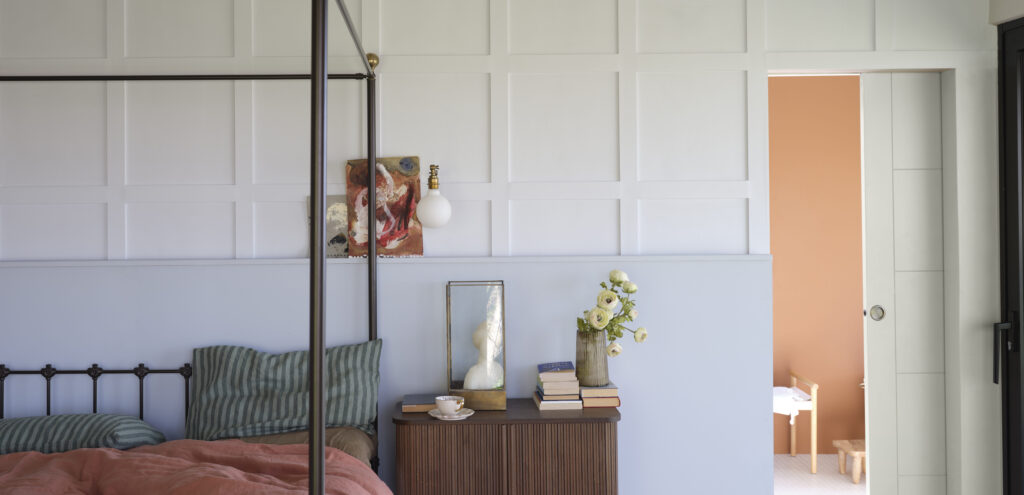Doctors are opening their doors to non-COVID patients, but can we get over our fear of medical spaces?
I’ve been thinking recently about the well-known phrase: justice too long delayed is justice denied. This legal maxim refers to the need within our criminal justice system to bring swift redress to victims—and if you fail to do so in a timely matter, it’s just as bad as never doing it at all.
This concept is true too within our medical institutions, as we’ve seen play out during the COVID-19 pandemic. Quick and efficient medical care, as we now know, is an essential part of living a free and healthy life—and care too long delayed is a recipe for disaster.
Primary care doctors across the country are starting to publicly voice their concern that delayed care, largely due to widespread fear of entering medical spaces, will result in their patients’ treatable conditions snowballing into something more serious.
Stephen Brunnquell, MD, is an internist and primary care doctor with nearly 30 years of experience practicing here in North Jersey. He is the president of the Englewood Health Physician Network and a member of the Park Medical Group, with offices in Tenafly and Harrington Park.
Over the past four months, Dr. Brunnquell has been a leader at Englewood Health and in the wider medical community, even being described lovingly as the “resident Doctor Fauci” by his coworkers.
At the height of the pandemic, he was on the phone with the Chief Medical Officers throughout Bergen County every day comparing notes and discussing what was and was not working at their respective institutions.
“It was all hands-on-deck for months. At one point, everything except labor and delivery and one floor was dedicated to COVID patients. We were bursting at the seams. We tripled the size of our ICU. We had 40 people on ventilators at one time,” Dr. Brunnquell said.
Relief for North Jersey medical institutions came in mid-April, when, thanks to a combination of stay-at-home orders, mandatory masks in stores and social distancing, we effectively flattened the curve.
“As the numbers were really going down in May, we began to think about how we could resume regular care again and it quickly became clear that reopening was going to be about 100 times harder than closing had been,” Dr. Brunnquell said.
According to Dr. Brunnquell, the biggest obstacle in the way of a full reopening, is the fear and even panic many patients feel about seeing their doctors.
For months, the public sentiment has been that non-COVID patients should avoid doctors’ offices and, certainly, hospitals at all costs. But as institutions like Englewood Health dwindle down to only a handful of COVID patients, that fear is no longer warranted.
“Every doctor I know has a story about a patient who delayed care and became seriously ill or died as a result. One of my favorite long-time patients had chest pain for weeks; but she was so afraid to visit the hospital that she told no one about her symptoms and ended up passing of a heart attack,” Dr. Brunnquell said.
The irony of the fear of doctor’s offices is that they are arguably one of the safest, most frequently sanitized places to be at the moment. I’d venture to guess that the elevator in my 500-unit apartment building, that I take three or four times a day to walk my dog, is a much higherrisk environment.
Especially when compared to institutions like Englewood Health, who have completely reimagined the structure of a traditional doctor’s visit to meet the standards of social distancing.
“As many people now know, we figured out that this virus is mostly transmitted by droplets. So, if we can minimize physical contact, maintain social distance and always wear masks, we can engineer office visits and hospital environments that are extremely safe for non-COVID patients to visit,” Dr. Brunnquell said.
Patients at Englewood Health are now pre-screened with a questionnaire to make sure they’re not sick before their appointments. When they arrive, they check in with the front desk via text message and are told when to enter the building.
Patients have their temperature taken at the door and are escorted directly into exam rooms. After a physical exam is completed, patients return to their cars, where the rest of the communication with their doctors will take place via phone call.
“I want to make it very clear that the hospital is a safe place. We keep the place physically clean. You are not going to run into a COVID patient. Here at Englewood, we’re down to a single digit number of COVID patients and they are in an isolated area. As a patient coming in for an out-patient procedure like a mammogram or a colonoscopy, you’re not going to get anywhere near them,” Dr. Brunnquell said.
The dip in COVID numbers throughout May and June are in-part due to the warm weather and the time we’re spending outdoors, as the droplets that spread COVID are less effective in the open air.
Dr. Brunnquell explained that this information, coupled with the uncertainty of what the fall may bring, means now is the best time to see your doctors. Being that none of us are fortune tellers, we cannot collectively afford to delay our care into the fall.
“Heart disease has not taken a vacation since COVID came. These diseases might be sleeping but they didn’t go away. People are staying home with heart disease and they are staying home with serious complications. We all care deeply about our patients and we don’t want to see this happen,” Dr. Brunnquell said.
For more information on the precautions being taken to prevent the spread of COVID-19 at Englewood Health, visit https://www.englewoodhealth.org/







